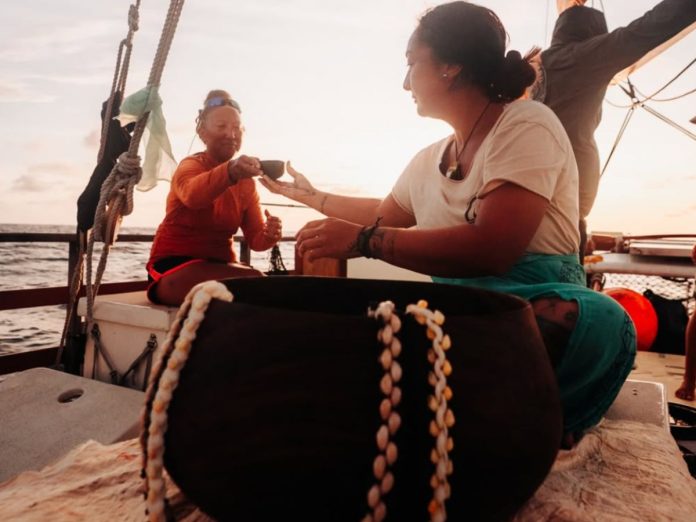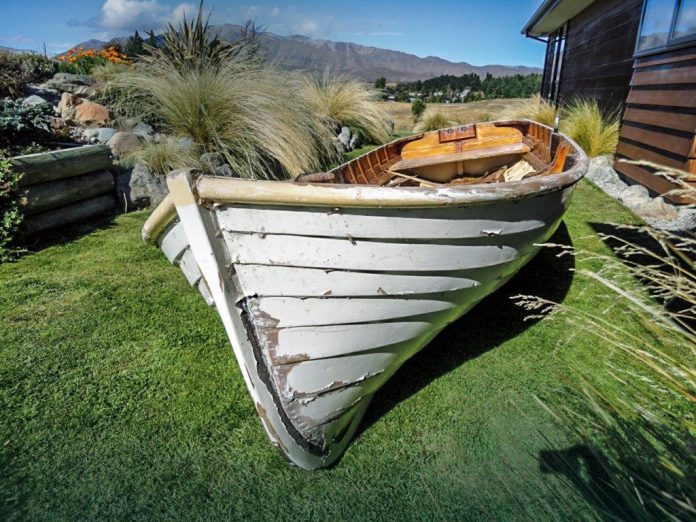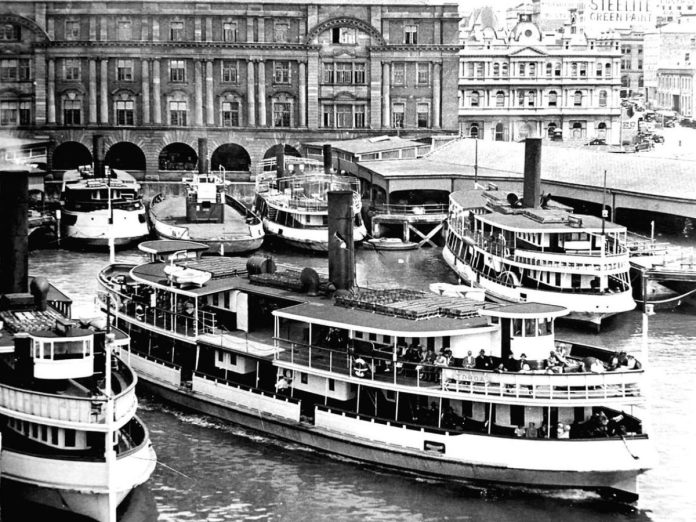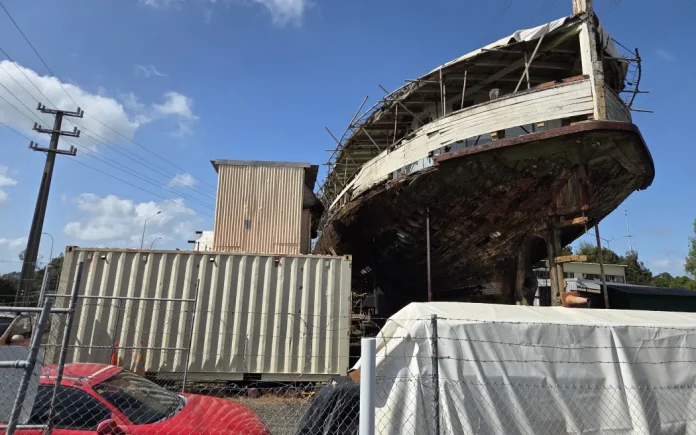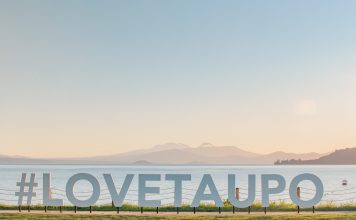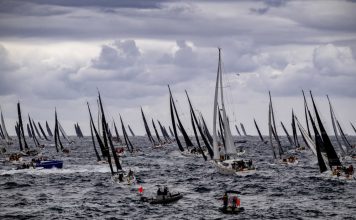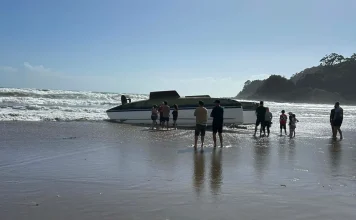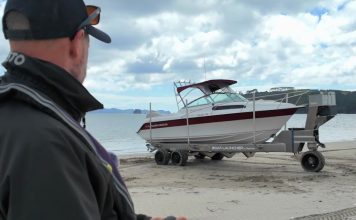For Māori and other Pacific peoples, the stars and sea are part of the same navigational and spiritual landscape. The Matariki constellation (known globally as the Pleiades) was one of many celestial markers used by traditional navigators to traverse thousands of nautical miles across the Pacific. Long before the arrival of European instruments, Polynesian voyagers relied on Matariki and its companions to guide their waka hourua – double-hulled sailing canoes – through vast, uncharted waters.
That knowledge is not lost. It’s alive and moving once more across the ocean.
View this post on Instagram
This month, as Aotearoa welcomes the return of Matariki, the voyaging canoes Hōkūleʻa and Hikianalia are sailing from Hawai‘i to Tahiti, retracing an ancient route known as Kealaikahiki – “the pathway to Tahiti”. It’s the latest leg of the Polynesian Voyaging Society’s Moananuiākea Voyage, a 43,000-nautical-mile journey designed to unite Pacific communities through ancestral knowledge, ocean conservation, and cultural renewal.
The two canoes left Hilo, Hawai‘i, in early June, following a traditional send-off ceremony where chants, lei, and pū (conch shell) calls connected the present voyage with 50 years of Hōkūleʻa’s legacy. The first days at sea were filled with sunrise navigation, ocean squalls, and a deep sense of purpose. Now, the crews have passed through the equator and are sailing steadily towards Tahiti, relying on the stars, swells, and clouds – the same signs ancient navigators used for millennia.
View this post on Instagram
This spiritual and physical journey mirrors the meaning of Matariki. In te ao Māori, the Matariki cluster contains nine whetū (stars), each representing different realms of the environment. Two of these – Waitā and Waitī – are directly tied to the ocean and freshwater systems. Matariki doesn’t just remind us of those connections – it challenges us to renew them. To care for the ocean not as a resource, but as a relative. To see it not as endless, but as sacred.
That idea – kaitiakitanga, or guardianship – is core to both the Matariki mindset and the purpose of the Moananuiākea Voyage. As the Hōkūleʻa and Hikianalia crews sail toward French Polynesia, they are navigating more than weather systems. They are navigating climate change, marine degradation, and cultural reconnection. Their journey stands as a reminder that ancestral knowledge isn’t just history – it’s a framework for a more sustainable future.On board Hōkūleʻa, crew members are rotating through teams of two, managing navigation by observing the moon, sun, stars, and ocean swells. Their aim is immersion – not just physically crossing the ocean, but aligning with it.
“This leg is about listening deeply to the ocean, to the stars, to nature and to our ancestors,” said Pwo Navigator Nainoa Thompson. “We are sailing the ancient sea road to reconnect with Tahiti, our ancestral homeland.”
That same sense of reconnection is felt around Aotearoa during Matariki. Whānau gather to honour loved ones who have passed. Firelight and sea offerings acknowledge ancestors. Some mark the occasion with a winter swim – like the Live Ocean Winter Dip, fronted by Olympic sailors Peter Burling and Blair Tuke – as a symbolic gesture of commitment to ocean health. Others take part in beach clean-ups, shellfish surveys, or share intergenerational stories about how things used to be.
Traditionally, Matariki also helped forecast the seasons ahead. The clarity and brightness of the stars were interpreted to predict food abundance or scarcity, informing decisions about planting, harvesting, and fishing. In modern terms, Matariki is a natural calendar rooted in ecological observation – and its wisdom is increasingly relevant in an age of warming seas, shifting weather, and marine depletion.
View this post on Instagram
On the Moananuiākea Voyage, that wisdom is in motion. The canoes faced tough conditions as they entered the Intertropical Convergence Zone – a notorious area of light winds and heavy squalls near the equator. One storm system, with lightning and near-total windless conditions, forced Hikianalia to tow Hōkūleʻa to safety. Even then, the navigation integrity of the mission was upheld: wayfinding decisions were made by observing nature, not relying on GPS.
After crossing the equator, the crew held a quiet but powerful ceremony on deck. Awa was offered to Kanaloa, the god of the ocean, and to the ancestors whose guidance carries them forward. Pwo Navigator Bruce Blankenfeld described it as “a time to recalibrate feelings and focus of purpose”. It’s an insight that echoes the values of Matariki: pausing to honour what’s been, and recommitting to what lies ahead.
Matariki and the Moananuiākea Voyage are deeply connected. Both are cyclical. Both call us back to ancestral knowledge. Both ask us to listen – not just to science or data, but to the wisdom embedded in sky, wind, and water.
As the Hōkūleʻa and Hikianalia approach the sacred site of Taputapuātea in Ra‘iātea, a centre of Polynesian navigation, and Matariki crowns the sky over Aotearoa, we’re reminded that the ocean is not a barrier but a bridge. The stars are not distant lights but a living map. And our relationship with the moana – like the waka we sail – is something we must keep steering, with care.
Follow on Instagram: @hokuleacrew








